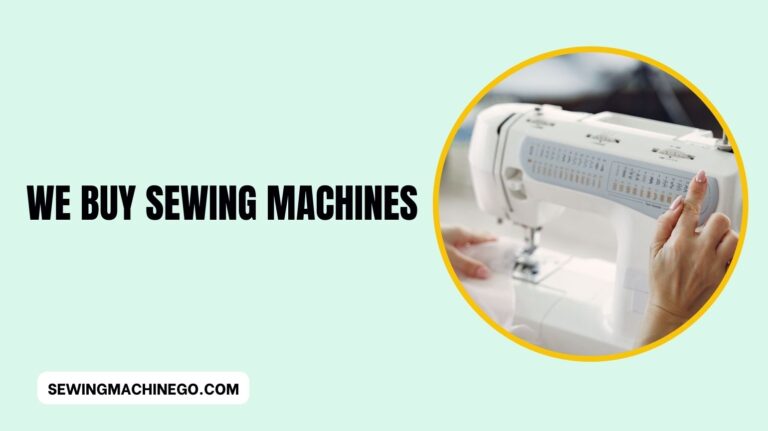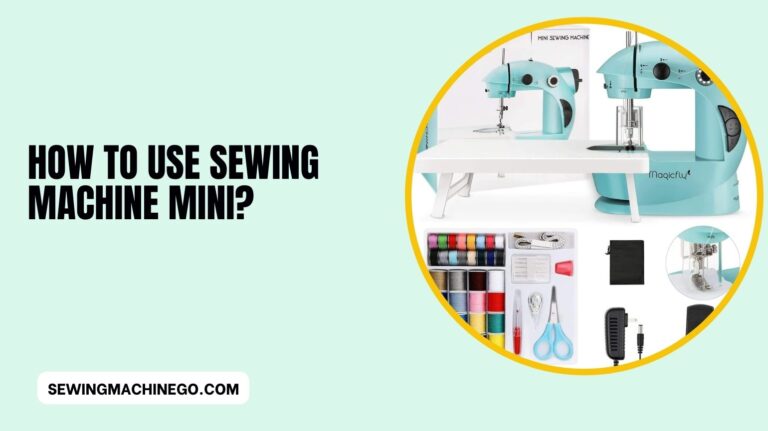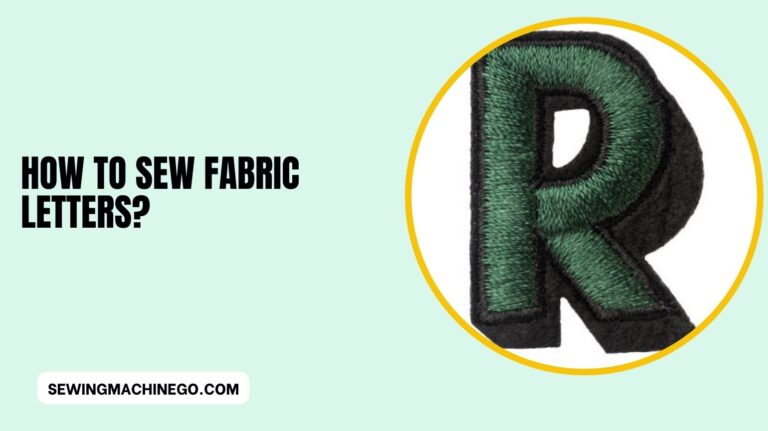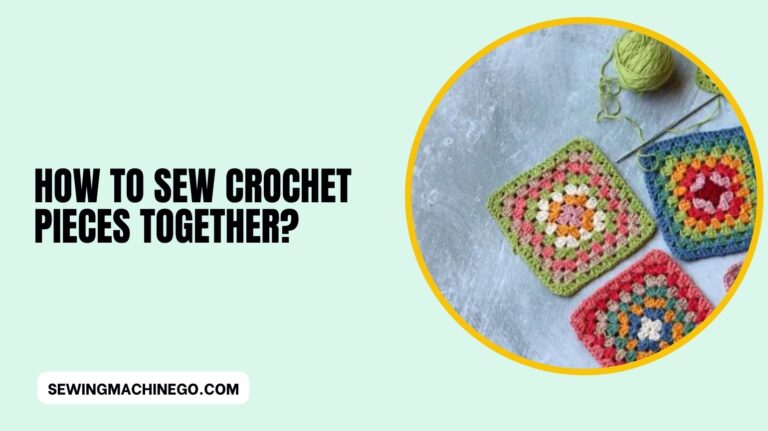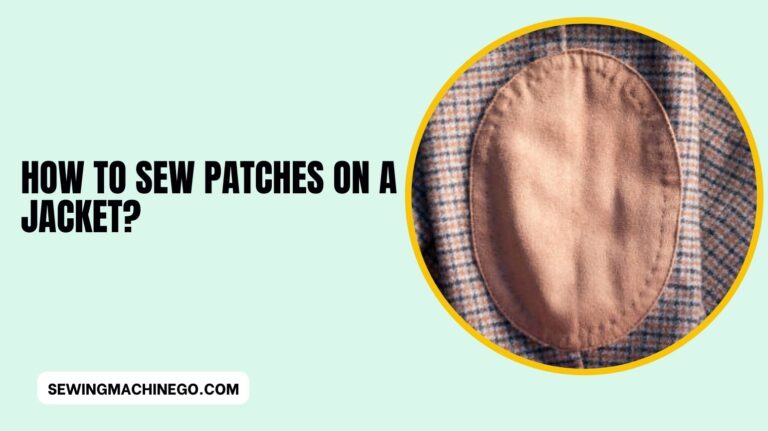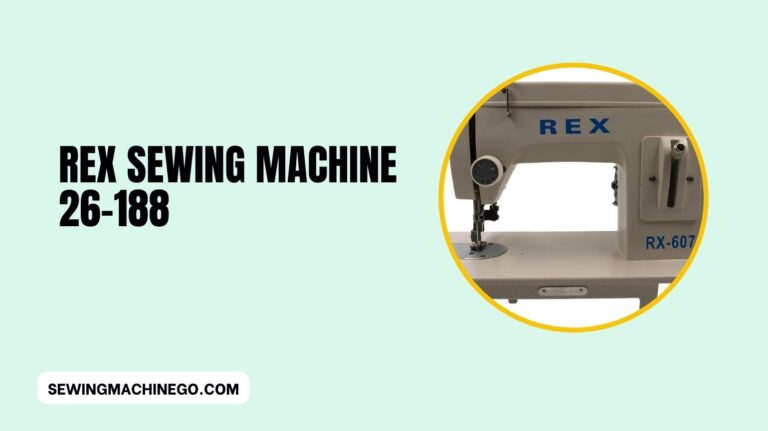How to Start Using a Sewing Machine? (Easy to Guide) In 2023
Are you ready to embark on a creative journey and learn How to Start using a Sewing Machine? Sewing is not only a practical skill but also a delightful and fulfilling hobby that allows you to bring your ideas to life.
Whether you want to craft your own clothing, home décor, or unique gifts, this guide will help you get started with the basics of sewing.
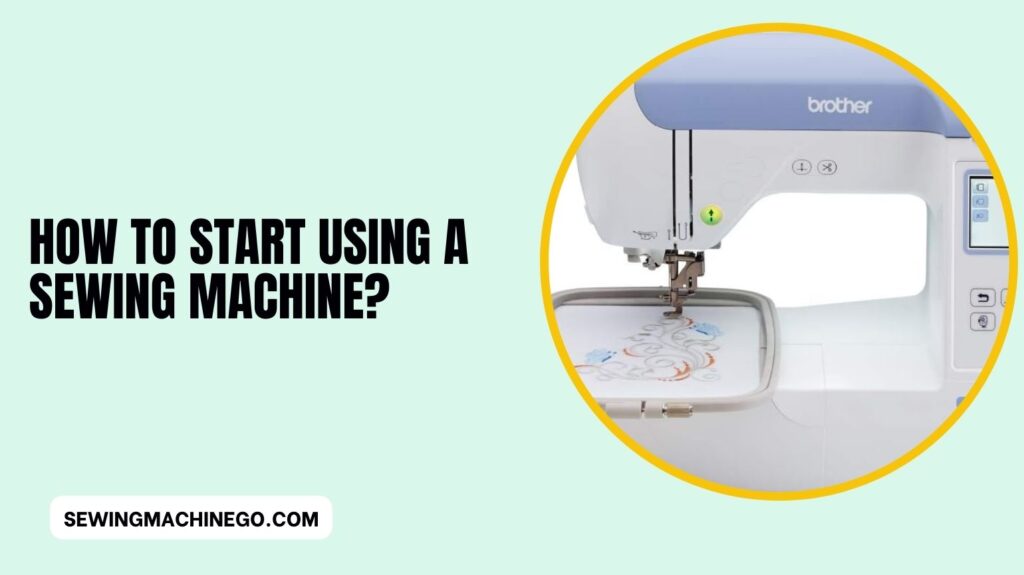
How to Start using a Sewing Machine?
Sewing machines can seem intimidating at first, but with the right guidance, you’ll be sewing like a pro in no time.
This article will walk you through the process of setting up and using your sewing machine, covering everything from choosing the right machine to troubleshooting common issues.
Understanding the Basics
Here are the Understanding the Basics:
Selecting the Right Sewing Machine
Before you dive into sewing, it’s essential to choose the right sewing machine. There are various types available,
so consider your needs, budget, and the features that matter most to you. If you’re a beginner, opt for a user-friendly, entry-level machine.
Gathering Essential Supplies
Aside from a sewing machine, you’ll need other supplies such as thread, needles, fabric, pins, and scissors. Make a checklist to ensure you have everything you need before starting your first project.
Setting Up Your Sewing Space
Here are the Setting Up Your Sewing Space:
Choosing a Suitable Location
Select a well-lit, comfortable, and quiet area to set up your sewing machine. Make sure you have access to electrical outlets and enough workspace for your projects.
Organizing Your Workspace
Keep your sewing area organized by investing in storage solutions for your sewing notions, fabrics, and patterns. A clutter-free space can boost your productivity.
Getting to Know Your Sewing Machine
Here are the Getting to Know Your Sewing Machine:
Machine Components and Functions
Familiarize yourself with your sewing machine’s components, like the presser foot, needle, and bobbin. Understanding these parts will make sewing more manageable.
Threading the Machine
Threading your sewing machine correctly is crucial. Consult your machine’s manual for instructions, and practice until you can do it with ease.
Learning Essential Stitches
As a beginner, start by mastering these fundamental stitches:
Straight Stitch
The straight stitch is the most basic and versatile of all. It’s used for seam sewing, basting, and topstitching.
Zigzag Stitch
The zigzag stitch is excellent for preventing fraying and adding stretch to seams, making it an essential stitch to learn.
Backstitch
The backstitch secures the beginning and end of a seam, preventing it from unraveling.
Practicing on Scrap Fabric
To improve your skills, practice sewing on scrap fabric. This helps you become familiar with your sewing machine and develop better stitch control.
Improving Stitch Control
Experiment with different stitch lengths and widths to understand how they affect your sewing.
Working with Different Fabrics
Practice sewing on a variety of fabrics, from cotton to stretchy knits, to get a feel for how your machine handles different materials.
Starting Your First Project
Here are the Starting Your First Project:
Choosing a Simple Project
Select a beginner-friendly project such as a pillowcase, tote bag, or simple skirt. Simple projects build your confidence and introduce you to basic techniques.
Following Patterns
Patterns provide step-by-step instructions for your project. Follow them closely to achieve the desired result.
Troubleshooting Common Issues
As you start sewing, you may encounter common issues:
Thread Tension Problems
Learn to adjust your thread tension to ensure neat, balanced stitches.
Needle Issues
Discover how to change needles and troubleshoot needle-related problems.
Caring for Your Sewing Machine
Cleaning and Maintenance
Regularly clean your sewing machine and perform basic maintenance to keep it running smoothly.
Exploring Advanced Techniques
Once you’re comfortable with the basics, explore more advanced techniques:
Buttonholes and Zippers
Learn how to create buttonholes and sew in zippers for more complex projects.
Embroidery and Appliqué
Take your skills to the next level by exploring embroidery and appliqué for decorative sewing.
Joining Sewing Communities
Online Forums and Groups
Connect with other sewing enthusiasts online, where you can seek advice, share your work, and gain inspiration.
Celebrating Your Progress
As you complete more sewing projects, take pride in showcasing your creations to friends and family. Your journey as a sewing enthusiast is a rewarding one.
People also ask
Can I teach myself to use a sewing machine?
you can teach yourself to use a sewing machine. With a wealth of online tutorials, manuals, and a bit of patience, you can quickly become proficient in sewing.
Start with the basics, practice, and gradually work your way up to more complex projects. Happy sewing!
What is the first thing a beginner should sew?
For beginners, a great first sewing project is a simple and straight-forward one like a basic tote bag or a pillowcase.
These projects introduce essential sewing skills, such as straight seams and basic stitching, while resulting in a practical item. It’s a satisfying way to kickstart your sewing journey.
What does a beginner need from a sewing machine?
For a beginner, a sewing machine should be easy to use, durable, and have essential features like adjustable stitch length and width.
It should also include clear threading instructions and come with standard presser feet.
A machine with built-in tutorials or a beginner-friendly manual is a bonus to help you get started quickly.
How do you teach a beginner to use a sewing machine?
Teaching a beginner to use a sewing machine involves:
Introduction: Start with an overview of the machine’s parts and functions.
Threading: Explain how to thread the machine, including the needle and bobbin.
Stitch Selection: Show how to choose basic stitches.
Practice Fabric: Begin with simple straight lines on scrap fabric.
Speed Control: Teach foot pedal control for sewing speed.
Turning Corners: Introduce pivoting for corners and curves.
Safety: Emphasize safety measures like keeping your fingers clear.
Guidance: Offer hands-on support until they gain confidence.
Conclusion – How to Start Using a Sewing Machine?
In conclusion, starting to use a sewing machine is an accessible and rewarding journey.
By following the basic steps of setting up your machine, threading it correctly, and practicing your sewing skills, you can embark on a creative and fulfilling sewing experience.
Don’t be afraid to make mistakes and learn from them, as this is how you’ll become a skilled and confident sewist. With patience and practice, you’ll be well on your way to creating beautiful projects with your sewing machine.

Hi, I am Alice, and I am your perfect guide to the world of sewing machines. With over 10 years of experience in the sewing industry, I am passionate about sharing my knowledge and expertise to help you make the most of your sewing journey. about me

